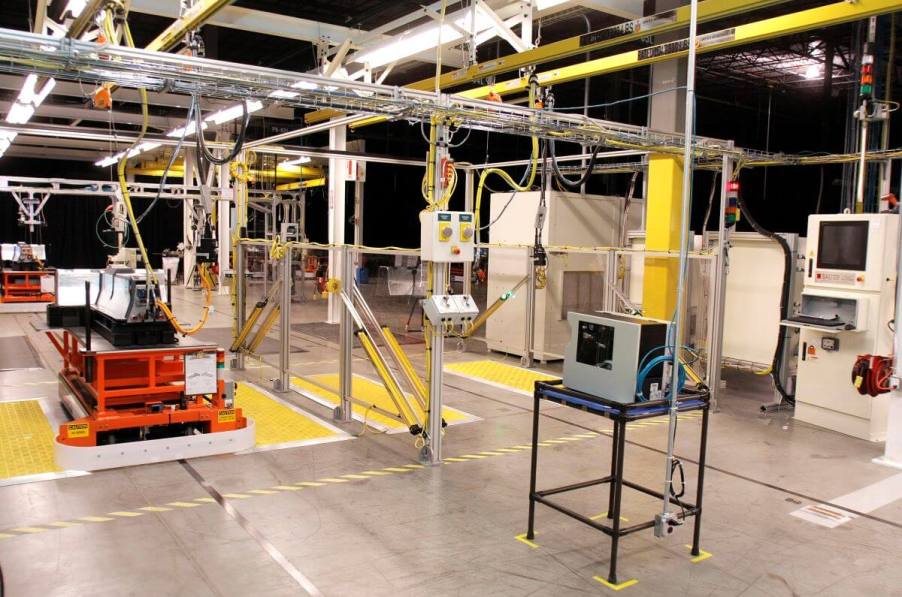
GM Spends $650 Million During ‘Land Grab’ for Lithium
Noting that international land grabs for lithium are just getting started, General Motors announced its investment of $650 million in a Canadian-based company called Lithium Americas. Experts suggest the automaker will invest additional cash in the near future, as it’s easier to build facilities for making EV batteries than it is to mine for minerals.
The importance of EV batteries
Battery makers looked at lithium as long ago, in 1912, but none found a viable way to use it to build marketable products until many decades later. During the so-called “oil crisis” of the 1970s, a British chemist tried to build self-recharging batteries with lithium and titanium disulfide electrodes. Unfortunately, these seminal batteries tended to short out and catch fire.
For the next 20 years, developers experimented with other mineral and metal combinations, including lithium cobalt oxide and petroleum coke. Still, it wasn’t until the 1990s that lithium-ion technology enabled the production of EV batteries as we understand them today.
Lithium is preferred by battery builders for several reasons. It’s the lightest of all earthly metals and boasts excellent electrochemical potential. In other words, a lithium battery has the potential to store twice the energy of a battery made of nickel and cadmium. Virtually maintenance-free, lithium-ion batteries don’t require priming before charging. Because they contain no toxic cadmium, these batteries are safer to dispose of than other battery types, explains Hiden Analytical.
Lithium mining: an expensive undertaking

In an interview with CNN, Simon Moores of Benchmark Mineral Intelligence said that a lithium mine can take a decade or more to finance and build. In contrast, a gigafactory can be up and running in around two years. In case you’re wondering, ‘gigafactory’ is a word coined by Elon Musk when the massive Tesla EV battery-building facility in the Nevada desert was still in the planning phase, and the land grab for lithium was just getting started.
Part of the reason prices continue to rise is increased demand for batteries to power consumer electronics and EVs, says Energy & Capital. Another reason is that mining the stuff is not a straightforward process.
GM’s investment in Lithium Americas comes at a favorable time for the carmaker, as the mineral-mining outfit was recently approved for extracting and processing lithium near Thacker Pass, Nevada. As with the Tesla gigafactory on the outskirts of Lake Tahoe, the facility will recover the material from underground saline deposits. The time-intensive process involves a series of chemical treatments and filtration to isolate lithium from unwanted minerals and other contaminants typically found in underground saltwater deposits, explains SAMCO.
Lucrative lithium and the future of EV technology
In 2012, the U.S. Geological Survey (USGS) predicted an upsurge in demand for lithium-based on variables including public acceptance of electric vehicles and the potential for battery recycling. The USGS also predicted that hydrocarbon fuel prices would go down. At least they were right about the future popularity of EVs.
General Motors isn’t the only automaker grabbing as much mineral-rich land as possible. Despite the staggering cost of mining for lithium, electric vehicles (EVs) are the future, and they can’t run without the stuff. In 2022, the carmaker sold more than 200,000 EVs and promised drivers additional battery-operated models to choose from in 2024. GM is currently working on electric versions of driver favorites, including the Cadillac Escalade, Chevy Suburban, and GMC Yukon, says Newsweek.
Someday, GM, Tesla, Jaguar, and other carmakers may build hydrogen fuel cells into vehicles. For now, however, drivers should get used to lithium battery technology, says U.K.-based Car magazine.



